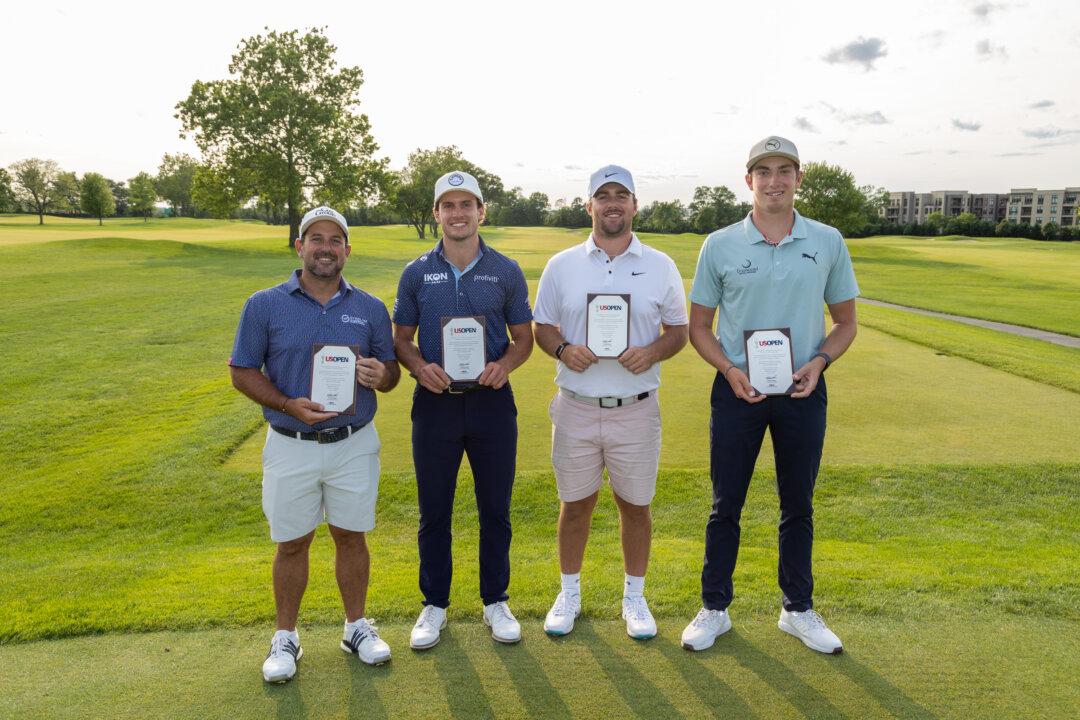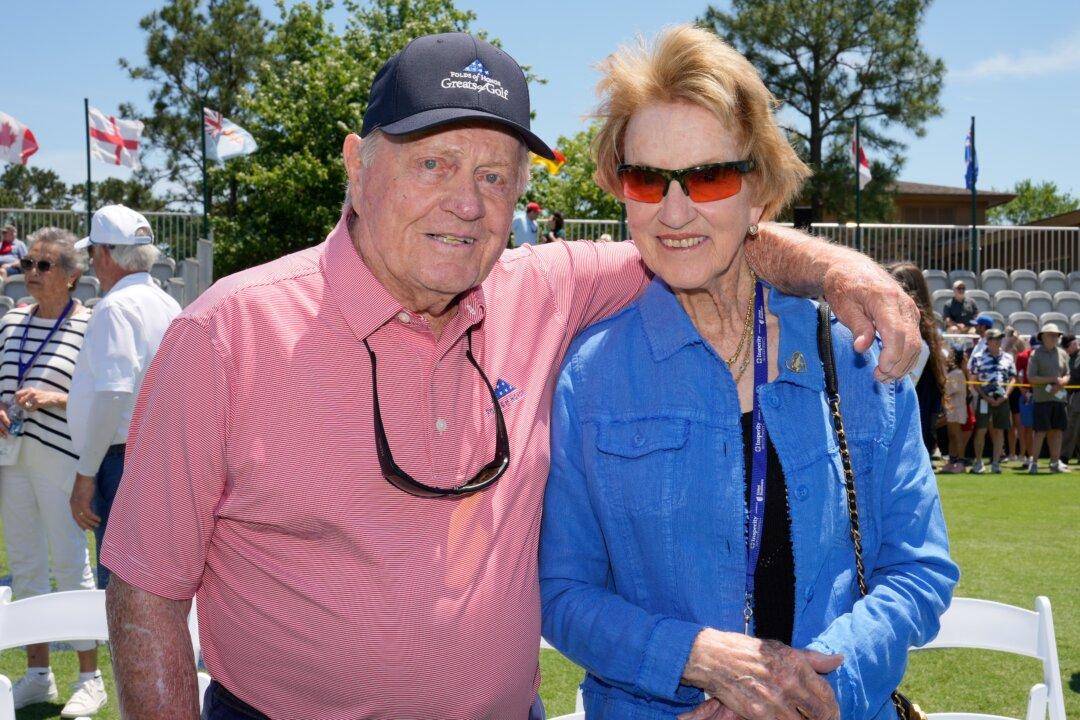The rags-to-riches story is a profound one. Seeing someone emerge on the professional sports scene and then catapult themselves to the top of the competitive pyramid is something to behold. Twenty-five years ago, a golf episode took place that even Hollywood script writers could never have imagined. For professional golfer John Daly, his story is one that will forever be remembered.
The 1991 PGA Championship was held at Crooked Stick Golf Club—just outside of Indianapolis—and was the first broadcast by CBS Sports after a longtime network affiliation with ABC Sports. One of the competitors in the event was tour star Nick Price. Prior to the start of the competition, Price announced he was pulling out in order to be with his wife who was pregnant and likely expecting at any moment.
Daly’s emergence only came about because eight other alternates were not able to get to the site in time for the event. The 25-year-old drove from his home in Memphis and—without the benefit of a practice round—entered the field. One of the interesting dimensions of Daly’s participation was hiring Price’s regular tour caddie—Jeff “Squeaky” Medlin. Known for his high-pitched voice, Medlin guided Daly around Crooked Stick and simply instructed Daly to “grip it and rip it” with each tee shot.






